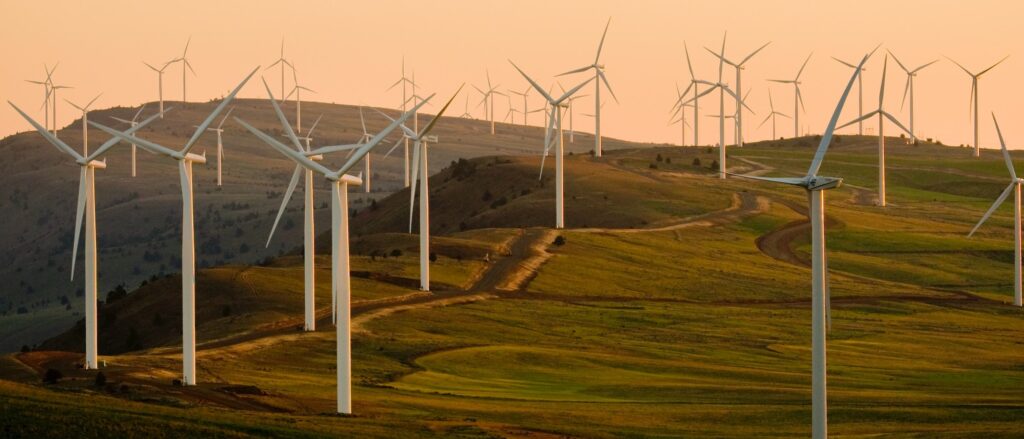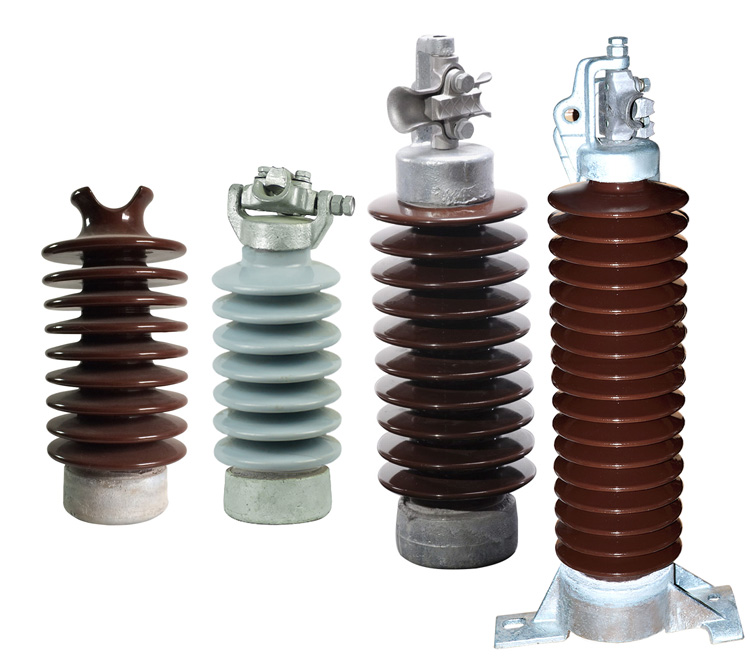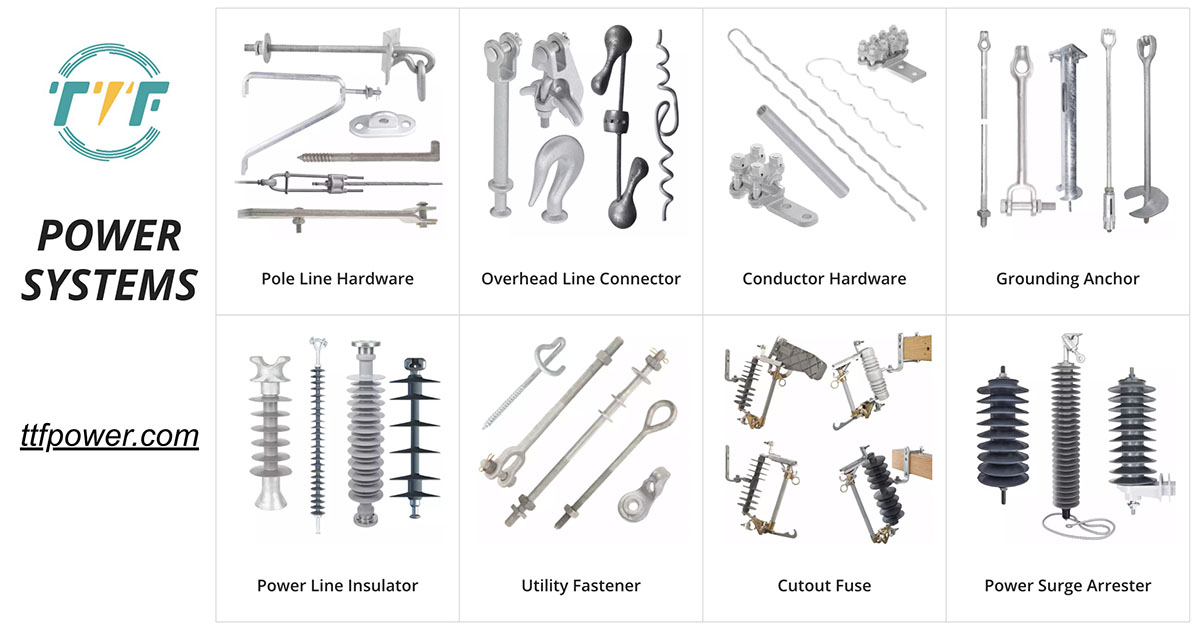
With the falling levels of water due to drought, Colombia could make use of the wind farms to meet the growing energy demands. Lower water levels reduce the hydroelectric power generated in the country. Hydropower accounts for about 70% of the country’s total energy production. Wind farms provide a solution to these issues to provide a more stable and diversified energy mix. By diversifying the energy mix, wind farms provide a reliable, sustainable, and cost-effective way to maintain electricity supply. Additionally, this promotes energy security and mitigates the impact of climate change. Using post insulators in wind farms provides mechanical support and electrical insulation for power lines connecting turbines to substations.
High-quality post insulators have designs to withstand both mechanical stress and the weight of power lines. They also prevent electrical current from leaking to the support structures or the ground. They have the ability to withstand harsh environmental conditions in wind farms. This makes them essential for the reliable and safe operation of wind farms. By adopting them in Colombia’s renewable energy industry, they could help support the development of wind farms. For instance, Enel suspended the 200 MW project while Celsia is contemplating the sale of two stalled projects in La Guajira. Post insulators could promote the development of these wind farms to ensure they meet the growing energy demands. Uncover the roles of post insulators and wind farms in addressing electricity demand in Colombia.
Working of post insulators in Colombia’s wind energy sector
Post insulators serve several purposes in supporting high-voltage power lines and preventing electrical leakage. They have the ability to provide electrical insulation and mechanical support. This is while withstanding harsh environmental conditions. Using post insulators in wind farms ensures the safe and efficient production and transmission of electricity. The following are the functions of post insulators in wind energy transmission in Colombia.

- Insulation – the insulators are able to support high-voltage conductors without allowing electricity to flow through their support structures. They are made from materials such as porcelain, glass, and composite polymers. Additionally, they help maintain the integrity of the system by preventing power loss through leakage.
- Mechanical support – post insulators provide physical support to power lines. They are strong enough to handle the mechanical load of the conductors. This is while maintaining their insulation properties. They hold the power lines in place and withstand forces such as wind, snow, and thermal expansion of conductors.
- Environmental protection – wind farms are usually located in areas with strong winds and varying weather conditions. Post insulators have designs to resist these environmental factors for continuous operation. They have features such as resistance to moisture, UV, and corrosion resistance.
- Maintaining system reliability and safety – post insulators in wind farms ensure the safety and reliability of the power transmission system. They help maintain consistent energy flow and protect both the infrastructure and personnel. Post insulators stop the unintentional grounding of high-voltage power lines, which could lead to dangerous short circuits.
- Substation application in wind farms – post insulators also serve in wind farm substations, supporting busbars, switches, and transformers. They also serve as vertical supports for components that handle and manage the high-voltage electricity generated by wind turbines.
Role of wind farms in addressing increasing demands in Colombia
Colombia depends on hydropower, where periods of drought and low water levels limit energy generation. This may lead to shortages of power supply, leaving many areas without electricity. Wind farms play a vital role in mitigating this issue. This is because they help diversify Colombia’s energy mix and provide a stable alternative to hydropower. They also help maintain a stable electricity supply while reducing reliance on fossil fuels. Also, post insulators enhance the safety and reliability of wind farms for effective energy distribution. At TTF Power Systems, we are your go-to source for utility pole hardware, transmission line accessories, and power line construction equipment. Offering the widest selection in the industry, we deliver top-quality products, unbeatable value, and expert customer support. The following are the roles of wind farms in diversifying Colombia’s energy mix.

- Energy security and grid stability – Colombia could improve its energy security by integrating wind energy into the national grid. Wind farms provide a renewable, cost-effective solution, reducing the need for fossil fuel generation and helping stabilize electricity prices.
- Environmental benefits – the country may turn to thermoelectric plants to make up for the shortfall in hydropower. Wind energy reduces the need for fossil-fuel based power, supporting environmental sustainability.
- Long-term energy resilience – wind farms provide a way to build long-term resilience into Colombia’s energy system. By using wind energy, the country can buffer the impacts of climate variability on hydropower infrastructure.
- Diversification of energy sources – wind energy helps Colombia reduce its dependence on hydropower. Wind farms can step in during low water levels to help meet the demand for electricity to prevent blackouts.
